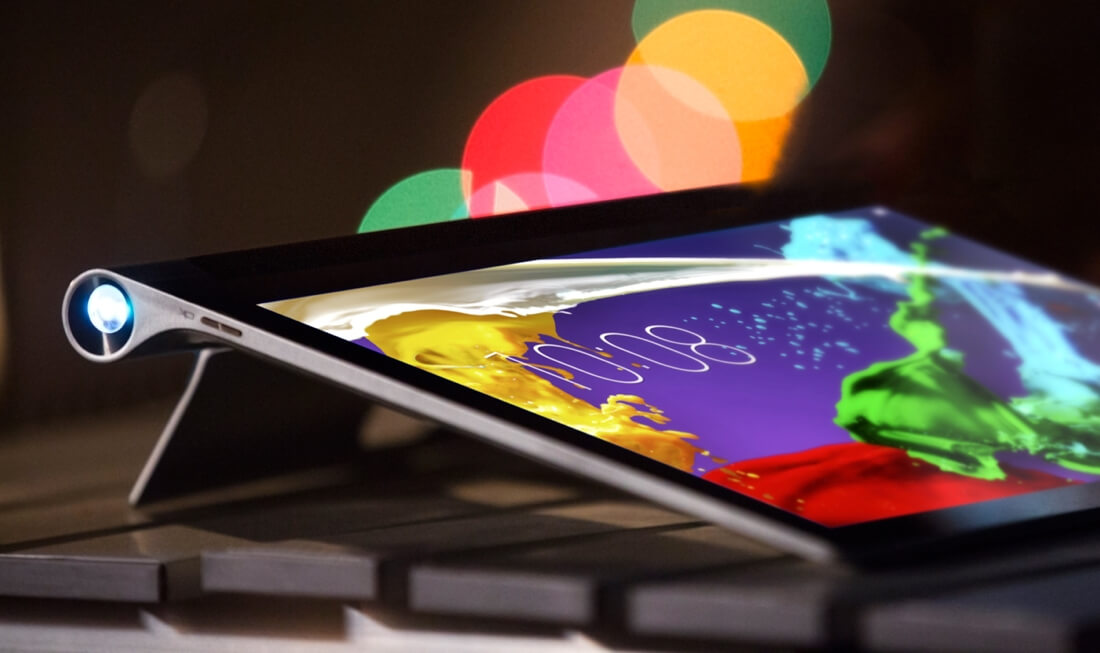Do more with less. It's a great personal mantra, a worthwhile business and societal goal, and increasingly, likely to be a necessity for companies who are designing and building tech products.
The challenge is that we're being overrun by a huge number of more specialized, limited function devices. Growing interest in "smart devices" and the Internet of Things (IoT) is driving an explosion of creativity that, in turn, has brought us to our present state. While it's great to have access to this amazing array of gadgets (with a lot more coming, based on the pre-CES PR hype that's currently in full throttle mode), it's also becoming increasingly clear that we're hitting gadget overload.
As the cost of critical tech components come down, and we race towards an all-digital world, the possibilities for creating new options to add to our already large collection of computing, digital entertainment, and other types of devices are nearly limitless. There really are some amazing things that can be built with the tools we have (and many more which have yet to be conceived).
But we're quickly starting to run into several major challenges. First, we have the obvious---though not often widely acknowledged---problem of time; as in, we're already busy with what we have, so how can we possibly add more? In addition, there's the challenge of complexity. The more devices we have, the more challenging it becomes to incorporate them into our daily lives.
At a functional level, the biggest problem is that many new devices are simply adding to or improving upon a single capability instead of consolidating multiple capabilities into a single device.
The biggest problem is that many new devices are simply adding to or improving upon a single capability instead of consolidating multiple capabilities into a single device.
For example, in the smart home arena, we've seen an array of different networked products designed for use around our homes. We can use Sonos or something similar for distributed audio, new WiFi mesh products like Eero to improve the quality of our home networks, and smart speakers like Amazon's Echo or Google's Home to perform a variety of different personal assistant or home automation tasks.
Each of these products were designed to offer a best-in-class experience for a set of specific functions, and all of them are being well received. However, they each work on their own.
Moving forward, what's going to make a lot more sense is an intelligent system that could combine these capabilities into a single product. Even though WiFi and other wireless technologies have removed the hassles of network connections, all of these various devices still need power, still take up physical space, still must be configured separately, and ultimately, end up creating a very complex environment that's challenging even for tech enthusiasts to manage.
A single combined product that offers multiple purposes and/or functions would end up being a much better choice for most consumers who are only just starting to investigate these kinds of smart home products.
It's not only a problem for smart home products either. With mobile devices, where people often purchase Bluetooth speakers, extra batteries, chargers and stands, it also makes sense to start combining several of the capabilities of individual products into a combined add-on to make people's lives just a bit easier.
Of course, making good multifunction products is a challenge. In fact, one of the main reasons many companies have avoided trying them is that they've been concerned that if one element of a combined solution is considered subpar, the entire product suffers. That's certainly still true, but as our lives become increasingly cluttered with digital gadgets, there are going to be strong arguments for taking the plunge---it's going to become a practical necessity.
Another issue is that it can be difficult for smaller, more innovative companies to succeed in a multipurpose device world. It typically takes the combined skill sets and intellectual property (IP) of larger companies to successfully merge multiple technologies into a single product. Even for larger companies that can be a challenge. The real trick is to look past a single idea---no matter how clever or great it is---and to build a more comprehensive system that integrates several technologies into one.
Certainly, not every scenario nor every product is well suited for multifunction or multipurpose applications. However, if we don't start seeing more products with combined features and capabilities then I'm afraid that, instead of doing more with less, we'll end up doing less with more.
Bob O'Donnell is the founder and chief analyst of TECHnalysis Research, LLC a technology consulting and market research firm. You can follow him on Twitter @bobodtech. This article was originally published on Tech.pinions.
